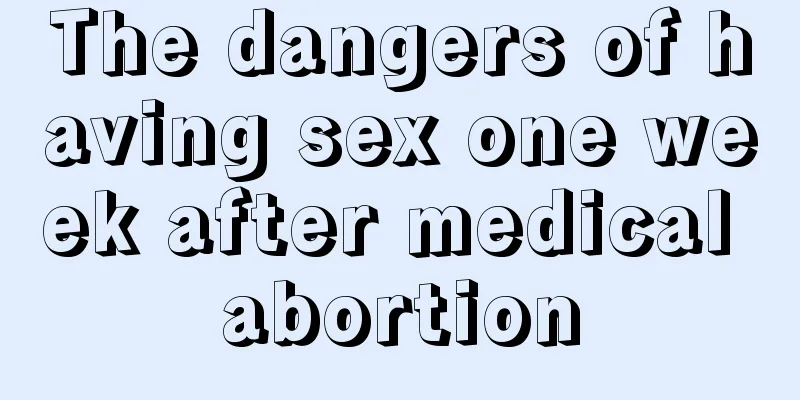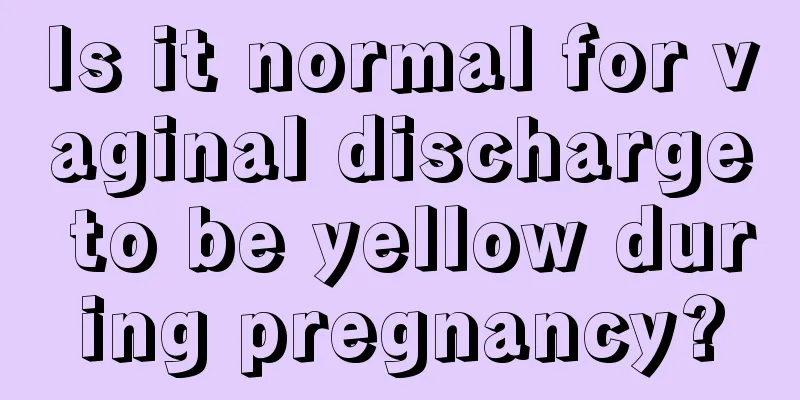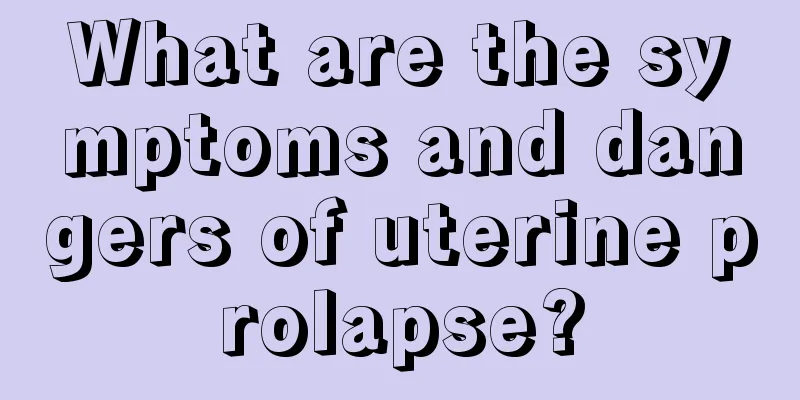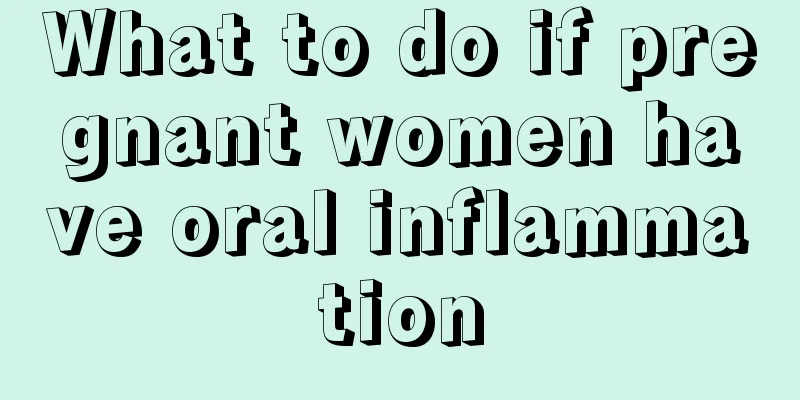Heart cramps and I can't breathe
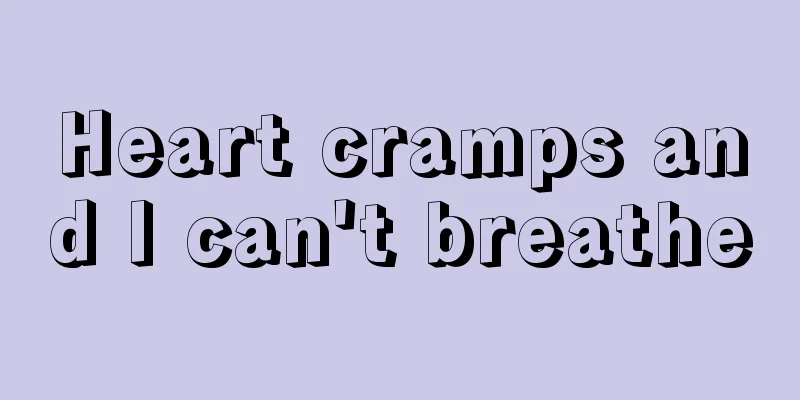
|
People's hearts are beating non-stop, and if there is a problem with the heart it can be very dangerous. Many accidental deaths among the elderly are caused by heart disease, which is very dangerous once it occurs. In addition to heart disease, other heart problems include heart cramps. Therefore, it is very important to maintain a happy mood at ordinary times. Only with a healthy mentality can you have a healthy body. Symptoms of heart spasm Generally speaking, heart spasms are caused by myocardial and vascular conditions, and there are many main causes, such as ischemia, hypoxia, and poisoning, which may cause heart spasms and lead to a series of symptoms such as chest tightness, chest pain, dizziness, etc. Others may be caused by atherosclerosis caused by old age and high blood lipids, leading to vascular stenosis. It is recommended to go to the hospital for a thorough examination and perform coronary angiography if necessary. Cardiac spasm is also called coronary artery spasm. Coronary artery spasm refers to a group of clinical syndromes in which transient contraction of the subepicardial conduction arteries causes partial or complete occlusion of blood vessels, leading to myocardial ischemia. Coronary artery spasm is the basic cause of various ischemic heart diseases, including variant angina, unstable angina, acute myocardial infarction, sudden death, etc. Coronary artery spasm is prone to occur in coronary arteries with atherosclerosis, and occasionally occurs in seemingly "normal" coronary arteries. Any one or more of its branches may be affected. Electrocardiogram manifestations: ST segment: When coronary artery spasm occurs, the ST segment of the corresponding lead will undergo transient changes. In transmural ischemia, the ST segment is elevated and the ST segment of the corresponding lead is depressed. If there is localized subendothelial ischemia, the ST segment will be depressed. If persistent spasm causes myocardial infarction, a typical infarction pattern may appear. What is heart spasm? Mechanical stimulation of blood on blood vessel walls; Blood clot compression, vascular nutrition disorders, etc. lead to damage to the vascular wall structure; Damage caused by oxidation of oxyhemoglobin to methemoglobin and release of oxygen free radicals; Various other vasoactive substances, such as 5-HT, catecholamines, hemoglobin, and vasoconstrictive effects of arachidonic acid metabolites; Factors such as inflammation and immune response of the skull and blood vessel walls. How to treat heart spasm Improve hemodynamic parameters; restore vascular self-regulation mechanism; maintain effective blood volume. Vasospasm is a delayed constriction of large vessels at the skull base after SAH, often manifested as decreased perfusion in areas distal to the affected vessels on angiography or cerebral blood flow. Vasospasm on angiography has a typical short course - it starts 3 to 5 days after bleeding, narrows to its maximum in 5 to 14 days, and gradually recovers after 2 to 4 weeks. In about half of cases, vasospasm presents as delayed neurological deficits that may resolve or progress to cerebral infarction. 15% to 20% of patients develop a stroke or die from vasospasm after standard treatment. General treatment measures include blood pressure management and fluid management. Pay more attention to rest and a light diet. Avoid greasy food and eat more fresh fruits and vegetables. Statins are the most powerful cholesterol-lowering drugs known to date, with multi-directional effects, such as improving endothelial function, inhibiting smooth muscle cell proliferation, inhibiting platelet aggregation, anti-inflammatory effects, and stabilizing plaques. Secondary prevention measures for cardiovascular diseases, represented by antihypertensive and antithrombotic treatments, have achieved considerable success. A large number of clinical trials have demonstrated the use of statins in people at high risk of coronary heart disease or cardiovascular disease. Statins have also been shown to significantly reduce the risk of death from coronary heart disease and non-fatal myocardial infarction, delay the progression of atherosclerosis, and have a secondary preventive effect on angina pectoris caused by coronary heart disease. |
<<: The benefits of foot bathing for women
>>: Why is the fetus moving violently in the middle of the night?
Recommend
How is gynecological mycoplasma infection caused?
Experts point out that women are more susceptible...
Melasma on a woman's face
Chloasma is a problem that many women will experi...
What is the cause of lower back pain during pregnancy?
Generally speaking, after pregnancy, a woman'...
How much do you know about the physical examination report?
This is the 4687th article of Da Yi Xiao Hu When ...
Telenav: The average smartphone user checks their phone 34 times a day
New concepts such as social networks, mobile Inte...
What foods can help enlarge breasts?
In fact, many people nowadays are aware of breast...
How to treat vomiting and bleeding during pregnancy
Women's physiology undergoes tremendous chang...
Is a breast biopsy painful?
Breast puncture biopsy is also a common examinati...
Be careful! Your favorite food may contain parasites, so be sure to eat less!
The Mid-Autumn Festival is coming, and you will d...
What is the reason for getting pregnant too easily?
Whether a woman can successfully conceive is rela...
Three months pregnant, right buttocks hurt
During the third month of pregnancy, some pregnan...
What is the normal age for menopause?
Every woman has her first menstruation every mont...
What are the changes in leucorrhea before menstruation?
Before menstruation, women must be careful not to...
Can pregnancy be detected if the fertilized egg has not implanted?
As we all know, a woman’s pregnancy can usually b...




